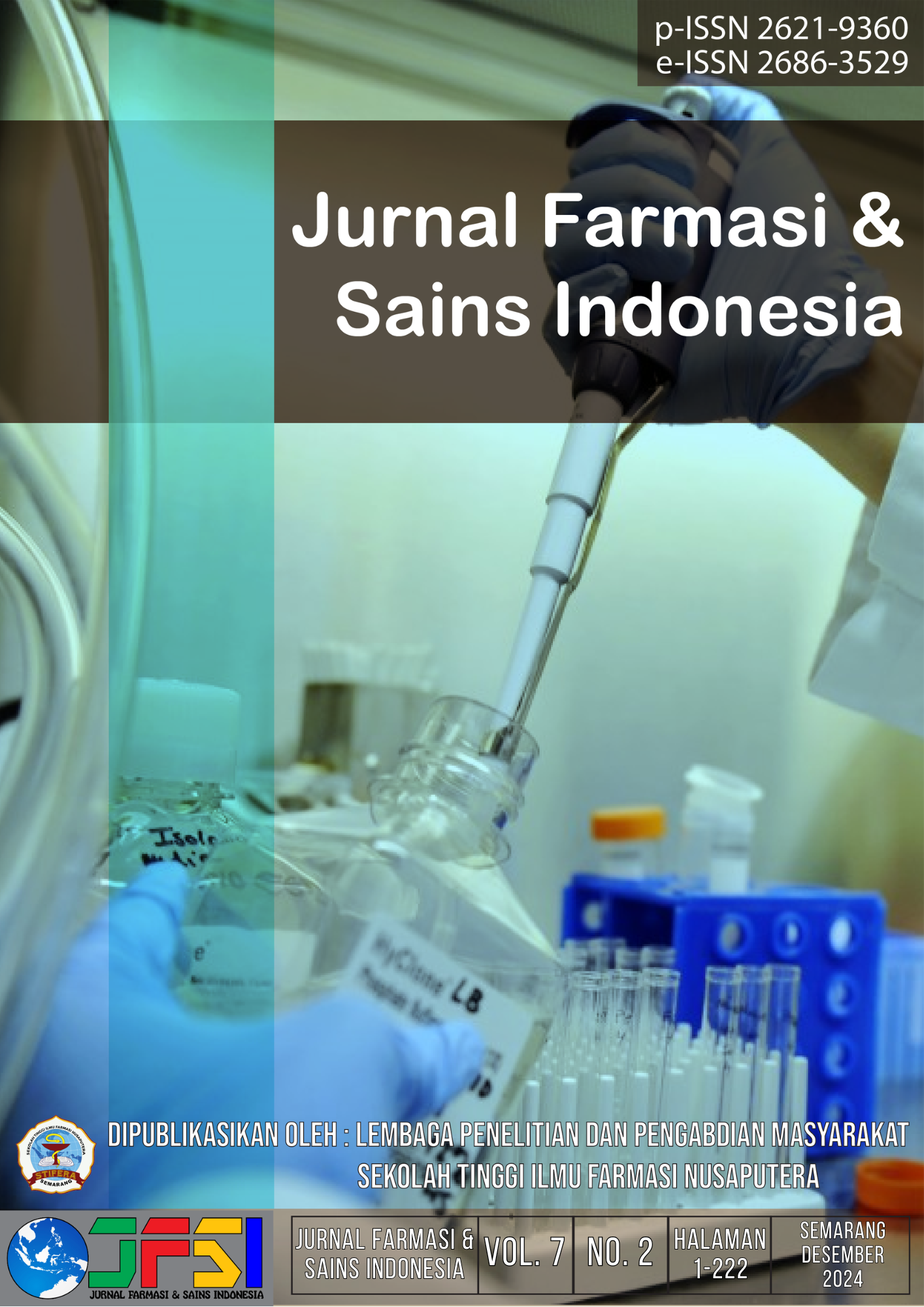Exploration of Tolaki Tribe's Knowledge on the Use of Plants as Medicine in Iwoimendaa, Ladahai, Lambopini, Lawolia, Tamborasi, Ulukalo and Watumelewe Villages, Iwoimendaa District, Kolaka Regency
Main Article Content
Abstract
Biodiversity has value in the health sector, one of which is in the use of plants as medicine. Medicinal plants are closely related to traditional medicine by local communities. Exploration of local knowledge regarding the use of natural materials as medicines is carried out in order to obtain information about data on traditional herbal medicines used by ethnic groups in Indonesia. The Tolaki tribe is one of the ethnic groups that are widely spread in the province of Southeast Sulawesi, including in the Iwoimendaa sub-district, Kolaka district. This study aims to explore local knowledge related to the types of medicinal plants, parts of plants used as medicine and how to process plants as medicine by the Tolaki tribe in the villages of Iwoimendaa, Ladahai, Lambopini, Lawolia, Tamborasi, Ulukalo and Watumelewe, Iwoimendaa sub-district, Kolaka district. The results of the study showed that the diversity of plant species based on the families used by the Tolaki tribe in the Iwoimendaa sub-district consisted of 68 species and 41 families, where the most widely used were from the Zingiberaceae family. The most widely used parts of the plant are the leaves, followed by the fruit, rhizome, herbs, tubers, roots, exudates/sap, stems and seeds. The most common way of processing plants is boiling. Other processing methods include brewing, grating, pounding, chewing, smearing, dripping, kneading, applying, sticking, squeezing and without mixing.

